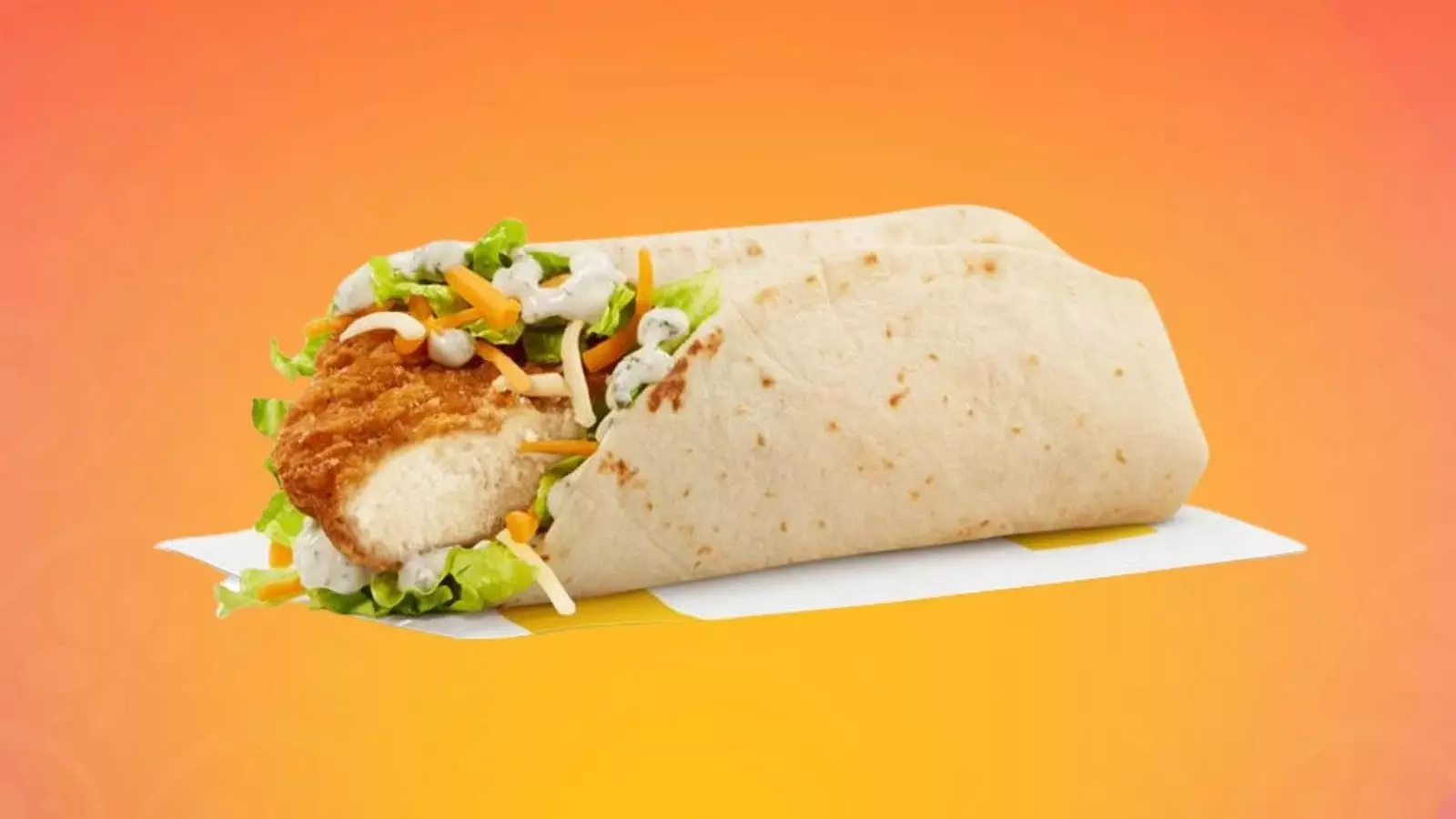In 2016, McDonald’s made the unexpected decision to discontinue the beloved Snack Wrap, much to the dismay of its loyal fans. The Snack Wrap became a cult classic known for its perfect blend of crispy and soft textures and the right amount of filling, making it a favorite among consumers. Fast-forward to 2025, and the once-removed item is making a comeback. However, the reasons behind its popularity stretch far beyond mere nostalgia or a fond recollection of simpler times. The Snack Wrap’s enduring legacy speaks volumes about our broader culinary preferences and the way we engage with food in today’s fast-paced world.
Today’s lifestyle requires efficiency, and our eating habits reflect this shift. According to Technomic’s 2024 Breakfast Report, a staggering 75% of consumers admit to eating on the go occasionally, while 30% of millennials now associate grab-and-go foods with modern dining. This movement showcases a pronounced shift from leisurely meals at a table to the necessity for portable options that accommodate our busy schedules. It’s not just about fast food; it is about the evolution of convenience that handheld food offers—whether it be wraps, sandwiches, or tacos. These items allow for nourishment without the need for utensils, fitting seamlessly into our daily routines.
Consider globally recognized handheld foods: dumplings, sushi rolls, burgers, and pasties. They are not merely food items; they symbolize cultural heritage and historical significance. The Snack Wrap, with its compact structure and multifaceted filling options, embodies this instinctive human desire for food that is manageable and comforting. Its return taps into nostalgia while aligning perfectly with a cultural moment that values speed and simplicity—not just in the consumption process but in the experience of eating itself.
Nostalgia plays a pivotal role in our connection to food. Many individuals can point to specific handheld items from their childhood—like a peanut butter and jelly sandwich packed into a school lunch or a burrito grabbed after class. These foods often carry sentimental value and evoke a sense of familiarity that comforts us in uncertain times. The emotional power of food transforms our eating habits from a mere necessity into a cherished experience.
According to Datassential’s 2025 Trends Report, nostalgic snacks are experiencing a resurgence, with memories influencing recent popularity spikes of items like Pop Rocks and Jell-O. This represents an overarching trend where brands are not just reviving past favorites but rekindling the sentiments attached to these foods. McDonald’s loyalists might recall devouring Snack Wraps during significant moments in their lives, thereby reinforcing the bond between the food and their experiences.
The physical act of consuming food plays an essential role in how we perceive enjoyment. Various research studies indicate that engaging with food—holding it in your hand, feeling its texture, and savoring each bite—significantly enhances the overall dining experience. This tactile satisfaction elevates meals beyond a mere act of consumption to an emotional ritual that fosters connection and comfort.
The Snack Wrap offers ample opportunities for such interaction. Its bite-sized portions and lightweight format allow consumers to engage fully with their food, making it exceptionally suited for various environments—whether during a quick lunch break or a busy commute. This aligns with the modern lifestyle where multitasking is part of everyday life, demonstrating that portable food is not just convenient; it actively facilitates productivity.
By their very nature, handheld foods bridge cultural divides and create a sense of shared experience. They transport us back to our roots and cultivate familiarity, mirroring the street food traditions that resonate across communities worldwide. The extensive fanbase behind the Snack Wrap hints at a deeper cultural connection, one that transcends its existence as a mere menu item.
With countless variants of recipes inspired by the Snack Wrap flooding social media and home kitchens, it’s clear that this item represents more than just a product. It embodies a communal experience—a shared love for food that connects different people from varied backgrounds. This resurgence illustrates that our culinary identities are formed by the foods we engage with, making the Snack Wrap not just a menu comeback but a reaffirmation of our shared culinary journey.
The Bottom Line: Not Just Food—A Cultural Phenomenon
The return of McDonald’s Snack Wrap is emblematic of a larger trend within food culture—one that emphasizes the importance of convenience, emotional connection, and cultural relevance. Handheld foods have long been a source of comfort and nostalgia, and their enduring appeal reflects our collective preferences. The Snack Wrap’s comeback isn’t merely another nostalgic product revival; it’s a recognition of how food shapes our experiences and memories, reaffirming that some culinary creations are timeless. Whether it’s a wrap, taco, or sandwich, handheld foods are here to stay, serving as a delectable reminder of our shared past and an efficient solution to our fast-paced present.


Leave a Reply